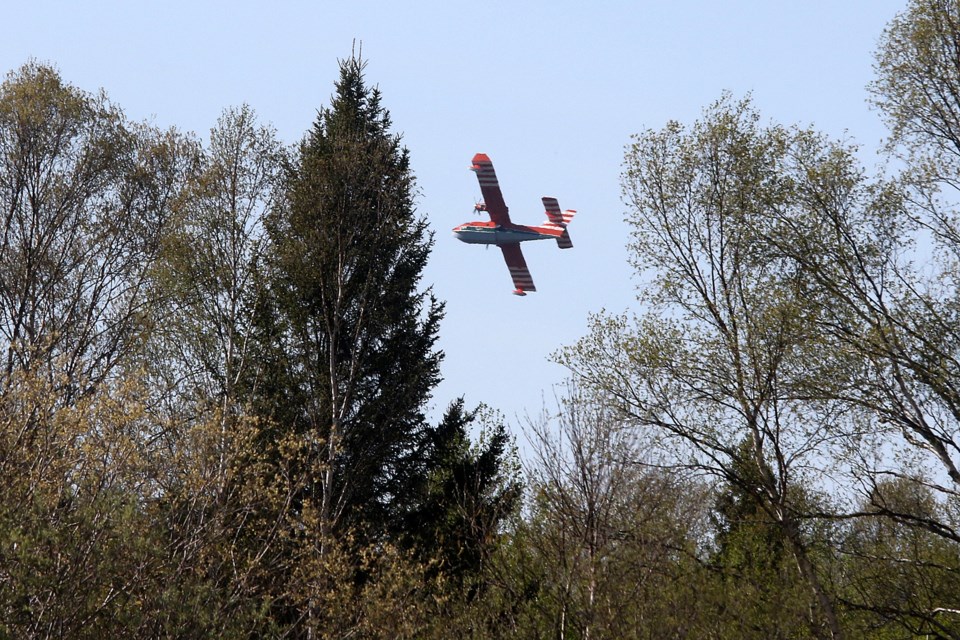A Northwestern Ontario MPP says the recent auditor general's report shows the province is falling short in managing emergencies, particularly for northern and remote communities.
Kiiewtinoong MPP Sol Mamakwa, who is also an NDP deputy leader, addressed the issue and referenced the auditor general's report on management of hazards and emergencies in the environment in the legislature this week
“This spring, Kiiwetinoong experienced unprecedented flooding,” Mamakwa said during Question Period on Monday.
“Highway 105 was washed out, separating Red Lake and Ear Falls from the rest of Ontario. Sioux Lookout experienced flooding that damaged over 30 homes and businesses, including two hotels.”
In her report, released last week, Auditor General Bonnie Lysyk examined the Ministry of Mines for its role in managing hazards left behind by abandoned mines, and the Ministry of Natural Resources and Forestry, which is responsible for seven types of emergencies.
"Overall, our audit found that although both ministries have measures in place to prepare for and manage emergencies, there are weaknesses in the programs, making Ontario vulnerable in the event of a large-scale emergency situation,” Lysyk wrote.
A common emergency in many remote northern areas is the threat of forest fires.
“Every year, communities in Kiiwetinoong evacuate because of fires that threaten everything. The Auditor General’s report found that it took up to 11 hours to coordinate a response,” Mamakwa said.
The Aviation, Forest Fires and Emergency Services Branch of the Ministry of Natural Resource and Forestry's alert system requires types of levels of readiness for fire crews to respond to a fire. Red requires immediate dispatch, yellow requires 30 minutes within the time of the report, and blue requires dispatch within four hours.
The report found that between 2017 and 2021, seven out of 11 forest fires declared emergencies were red alerts, with all were located in the Kiiwetinoong riding. The median actual time to respond to a fire is nine minutes.
“However, two fires took longer than the required “immediate” time frame for dispatch; it took seven hours to dispatch a crew to one of the fires and 15 hours to dispatch a crew to the other. The fire with the longest response time (at Wabaseemoong First Nation) had impacted 192 hectares of land by the time fire crews arrived on site,” the report reads.
“The Ministry told us that the seven-hour delay happened on a day when there was only one crew available at fire headquarters. That crew had already been dispatched to another fire, and there were over 20 other new fires that day.”
Of the 3,873 fires from 2017 to 2021 that required a full response, “it took longer than the maximum amount of response time of four hours to dispatch fire crews to 15 per cent of the fires.”
In 2021 — a record-breaking fire season with a significant amount of the activity taking place in the northwest — the report found that the average dispatch time for fire crews was more than four hours in 20 per cent of districts, including Dryden, Fort Frances, Sioux Lookout and Thunder Bay,
“This is unacceptable. I am calling on this government to improve forest fire responsiveness and planning for communities and First Nations in the north,” said Mamakwa.
The ministry provided a response in the report.
"The Ministry will review the information technology and business intelligence system enhancements that may be required to support the identification of aggregate trends in response times and any associated corrective actions,” the response reads.
